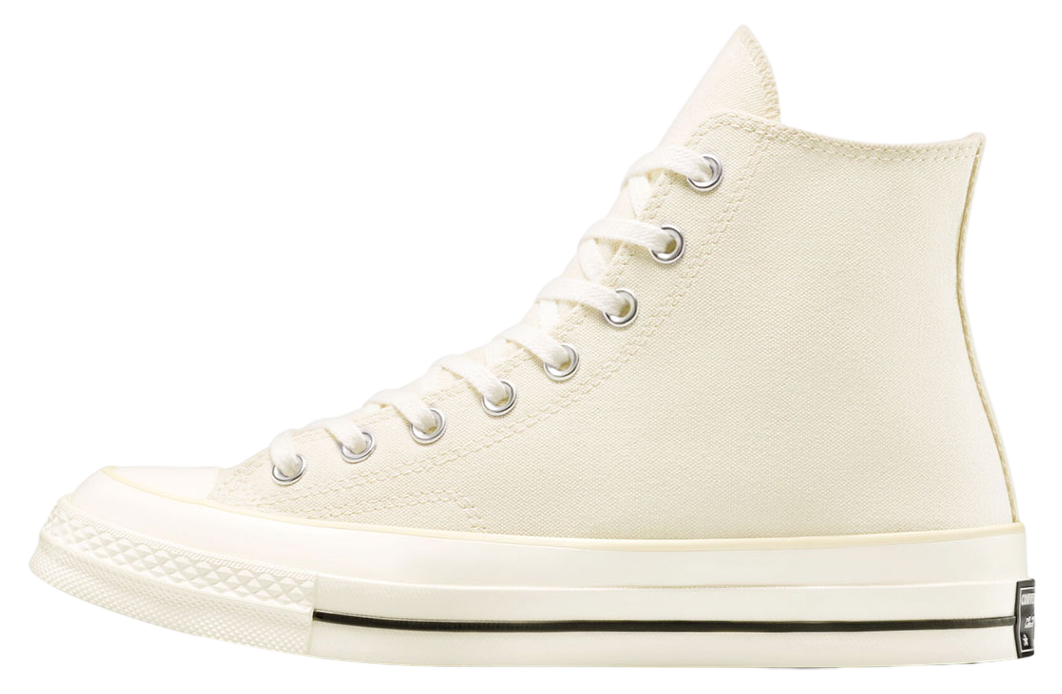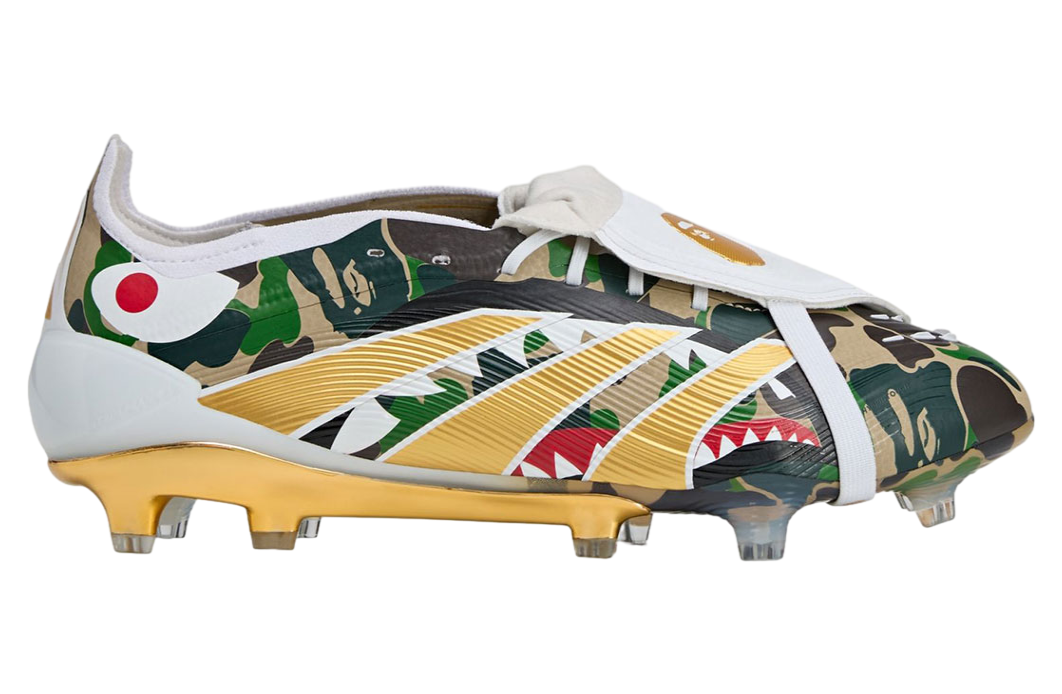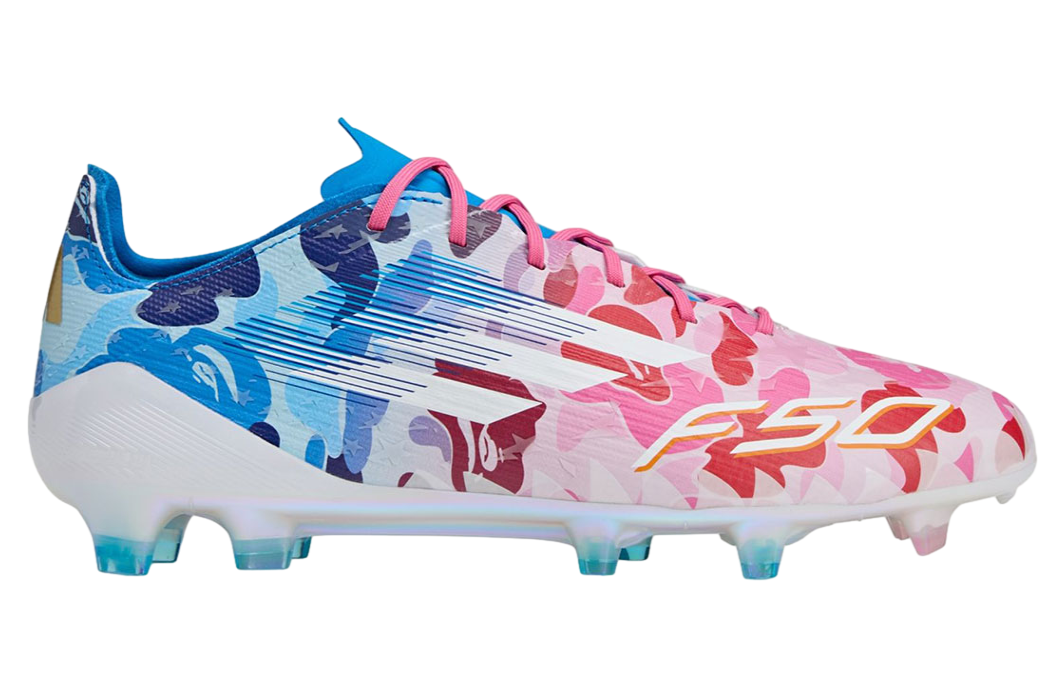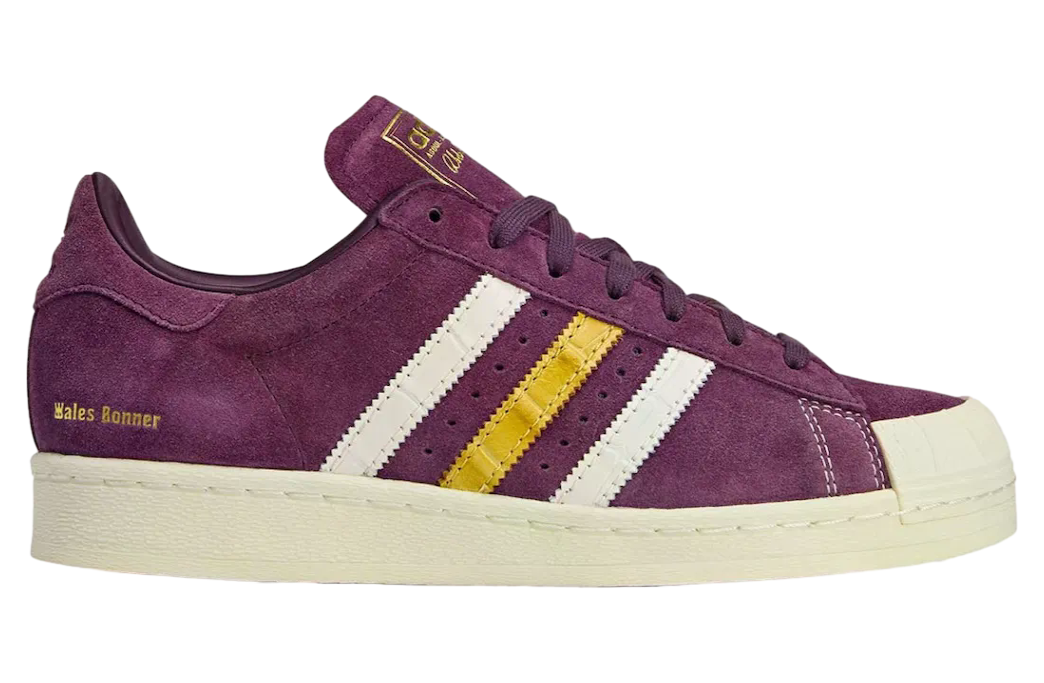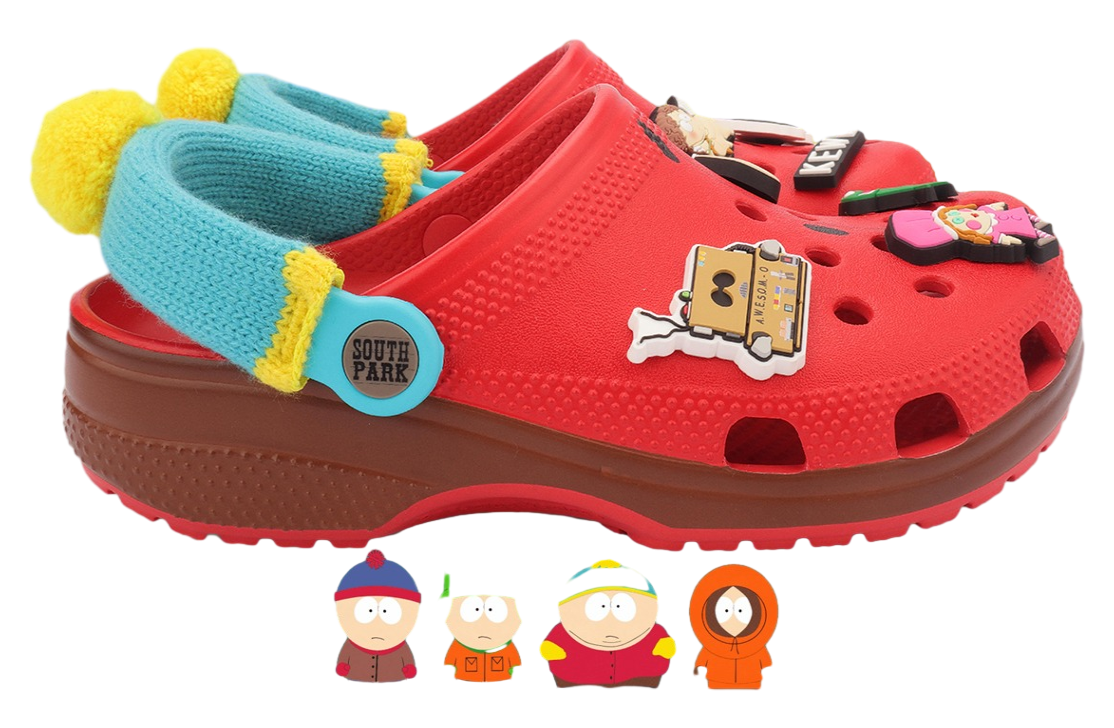Once upon a time, a shoe was just shoe. Sure, athletes sought out high performance sports shoes, ladies lavished their attention on finding the perfect heels, and kids might have had brand they were partial to - but the humble sneaker was nothing special. And then out of the blue, the Air Jordan 1 was born.
In 1984, Michael Jordan entered the NBA as celebrated college player and Olympic gold medalist, grabbing attention in his new professional career with the Chicago Bulls. One of his first eye-catching moves was not his on-court skills (though those were incredibly impressive) but his choice in footwear. In a pre-season game, he debuted a basketball shoe unlike any that had ever graced an NBA court. Designed by Peter Moore, the Air Jordan 1 was a black leather sneaker decked out with a red Nike swoosh, and matching red laces. The NBA was not having it.
NBA Commissioner David Stern banned the kicks for their non-regulation colors. While black and red honored the Chicago Bulls, the basketball association insisted that the departure from the traditional white shoes was sacrilege. "Gentlemen," the NBA wrote to Nike in a now public letter, "In accordance with our conversations, this will confirm and verify that the National Basketball Association's rules and procedures prohibited the wearing of certain red and black NIKE basketball shoes by Chicago Bulls player Michael Jordan on or around October 18, 1984."
The fine: $5000 each time Mr. Jordan stepped on the court in his blasphemous shoes. Fans however loved the Jordan sneaker. In 1985, Nike jiggled the color way, introducing a white background with prominent accents of red and black. The Air Jordan 1 was a runaway success. (At that time, of course, it was still the Nike Air Jordan - no number needed. The dozens of versions only came later.)
Since its launch almost three decades ago, the Air Jordan 1 has remained one of the sneaker world's most celebrated designs. New colors continue to be launched. Fresh Jordan designs are constantly created, but the original has never lost its shine. In fact, old color ways are frequently re-issued as Air Jordan 1 Retro sneakers.
While every color imaginable has graced its classic silhouette, the red and black of the Chicago Bulls continue to play a prominent role. Tucked in between issues of sky blue or golden yellow, variations on the Bulls color scheme gain accolades as perennial favorites. No matter which color piques your sneaker urges, the story of the Air Jordan 1 is one of the greatest in sneaker history and will continue to tell its tale for years to come.
By Kai Youngblood

